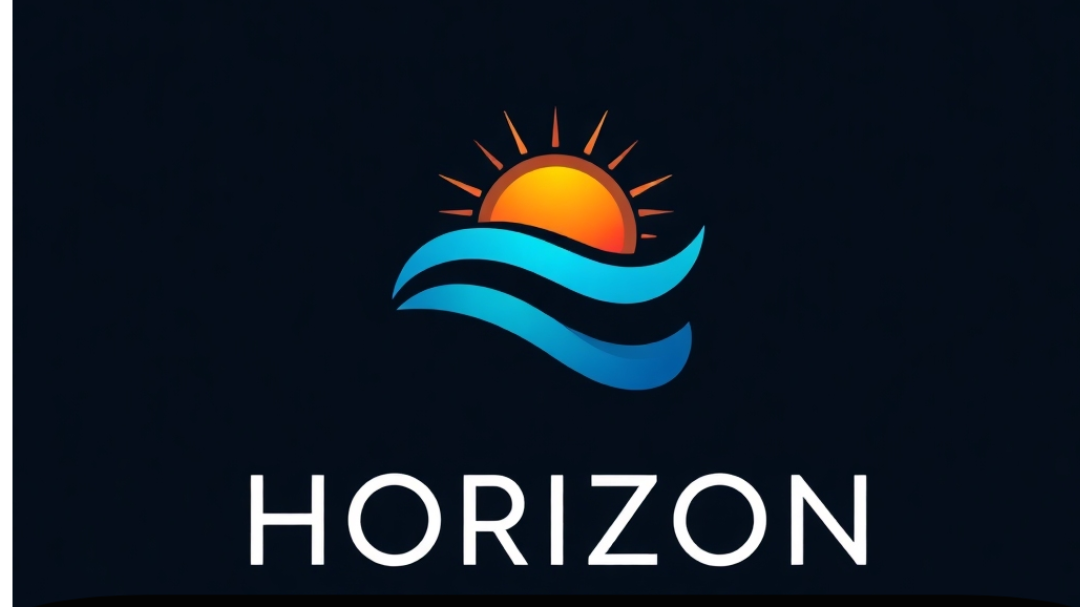
Understanding Chronic Venous Insufficiency: A Hidden Risk
President Donald Trump's recent diagnosis of Chronic Venous Insufficiency (CVI) has drawn attention to a medical condition that affects millions, reminding us that even prominent figures aren’t immune to health challenges. Often characterized by swelling, pain, and skin changes in the legs, CVI is a vascular condition caused by the impaired return of blood to the heart. It's especially prevalent among older adults, individuals with sedentary lifestyles, smokers, and those facing obesity. The American Heart Association warns that CVI is about more than just discomfort; it poses a significant risk for cardiovascular disease and can even contribute to mortality rates, independent of other risk factors.
The Importance of Recognizing Symptoms
Many people might dismiss the signs of CVI as mere aging or the side effects of being overweight, but delaying treatment can lead to more severe complications. Symptoms like leg swelling, aching, and the appearance of varicose veins often go unnoticed until they significantly affect daily life. Early detection can dramatically improve quality of life, making knowledge of these symptoms vital. Dr. Joshua A. Beckman, a leading expert, encourages individuals to be proactive: "The impact of CVI on life can be severe, but understanding its signs allows for timely intervention and treatment." Recognizing symptoms early can lead to less invasive treatments and a better prognosis.
At-Risk Populations
With CVI often affecting older adults, it's essential to discuss who may be at higher risk. Individuals with a family history of venous disease, those who spend long periods sitting or standing, and people with certain health conditions like varicosities or obesity have elevated risk levels. Educating these groups about CVI can lead to improved health outcomes. Simple lifestyle adjustments, such as regular exercise and maintaining a healthy weight, serve as effective preventive measures.
Exploring Treatment Options
Fortunately, Chronic Venous Insufficiency is treatable. Options range from conservative methods, such as wearing compression stockings, to medical procedures that enhance blood circulation. Non-invasive treatments, such as sclerotherapy or laser therapy, have gained popularity due to their effectiveness and minimal recovery times. As awareness around CVI grows, so does access to innovative treatments, empowering sufferers to take control of their health.
Understanding the Bigger Picture: CVI and Heart Health
The relationship between Chronic Venous Insufficiency and heart health raises crucial questions about how interconnected our bodily systems are. Cardiovascular disease often shares risk factors with CVI, making comprehensive health evaluations necessary. CVI can serve as a warning sign of potentially more significant cardiovascular issues, urging us to consider a holistic approach to health. Being conscious of vascular health can encourage individuals to engage in better lifestyle choices overall.
Community and Support: The Human Element in Health
With personal stories revolving around health challenges and triumphs, we foster a supportive environment that encourages discussions about chronic conditions like CVI. Local community initiatives can play a vital role in raising awareness about vascular health, offering educational resources and support groups that help those affected feel less isolated. Sharing experiences can help normalize these conversations, enhancing community knowledge and fostering empathy.
As we navigate through health insights sparked by prominent figures like President Trump, it becomes clear that chronic venous insufficiency is not just a personal health issue but a larger community concern, urging preventive care and broader discussions around heart health. By understanding the importance of recognizing symptoms early, supporting at-risk populations, and exploring treatment options, we can foster healthier communities.
Take Charge of Your Vascular Health Today!
If you or a loved one are experiencing symptoms of CVI, take the proactive step to seek medical advice. It’s never too early to start caring for your vascular health. As community members, we hold the power to advocate for ourselves and others. Educate yourself about the signs of CVI, and don’t hesitate to reach out for support. Together, we can create a healthier future for everyone.
 Add Row
Add Row  Add
Add 




Write A Comment